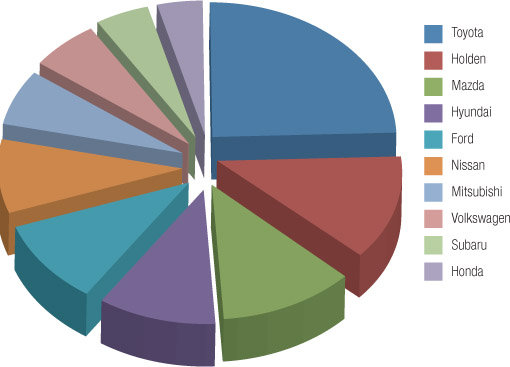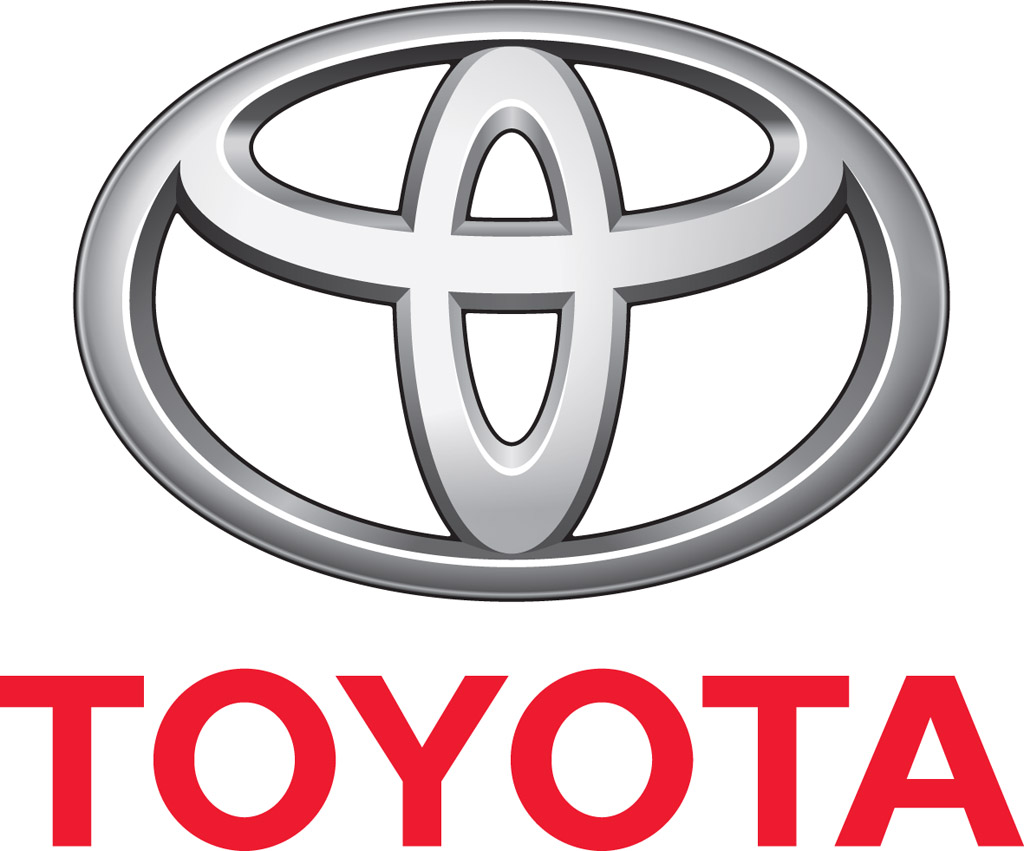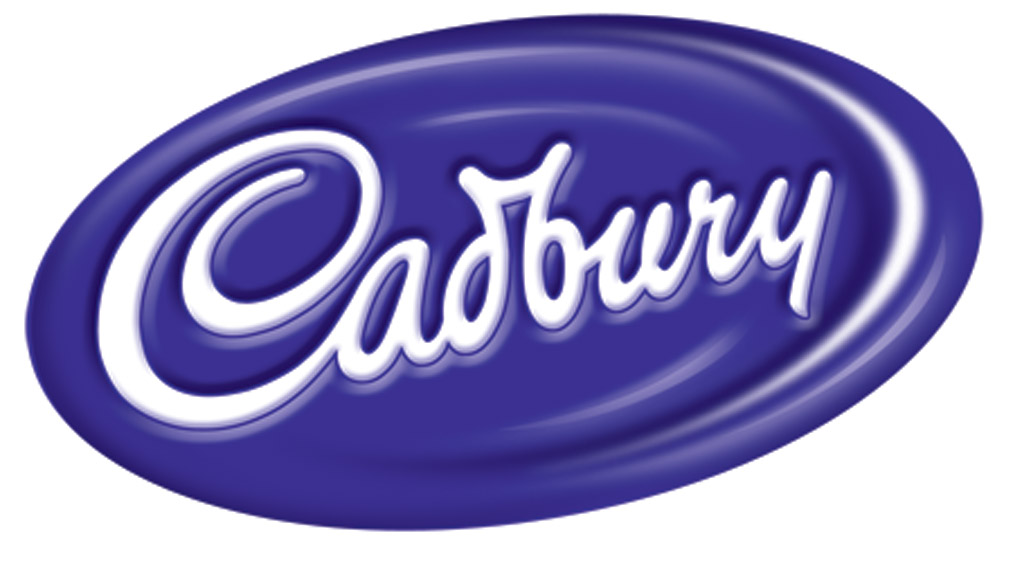20.2 Strategies and techniques to be competitive in the market
For businesses to be competitive in the market they need to concentrate on a variety of areas of business practice.
Market share
Businesses want to gain and hold a significant market share. This indicates that their products and services are well known and well received in the marketplace. It is important for businesses to protect while also aiming to increase their market share. This strategy will help to protect them against new entrants into their market working to erode their share and possibly their positionas being the brand leader.
In the car industry in Australia there is fierce competition among all brands, either locally produced or imported. On an annual basis the Federal Chamber of Automotive Industries produces statistics that indicate the market share of the top 10 car manufacturers. Source 20.3 sets out the number ranking of the car manufacturers based on volume of car sales for 2012. Source 20.4 demonstrates the market share of each car manufacturer in a pie chart, which is another popular method of easily showing the market share of a business.

| Rank | Brand | Number of cars sold |
|---|---|---|
| 1 | Toyota | 218 176 |
| 2 | Holden | 114 665 |
| 3 | Mazda | 103 886 |
| 4 | Hyundai | 91 536 |
| 5 | Ford | 90 408 |
| 6 | Nissan | 79 747 |
| 7 | Mitsubishi | 58 868 |
| 8 | Volkswagen | 54 835 |
| 9 | Subaru | 40 189 |
| 10 | Honda | 35 812 |
Source 20.3 Market share of top 10 car manufacturers (by sales volume) in 2012

DEVELOPING YOUR UNDERSTANDING 20.1
- Refer to Source 20.3 and Source 20.4. Identify which of the 10 car manufacturers listed above are local (manufactured in Australia prior to 2014) and which are manufactured overseas.
- Visit the Federal Chamber of Automotive Industries’ website at www.cambridge.edu.au/hass9weblinks to access the new motor vehicle sales data for 2013.
- Present this information in a table.
- Compare the current year’s ranking to that of 2012 (see the website at www.cambridge.edu.au/hass9weblinks). If different, explain why you believe this difference has occurred.
Contrary to the downturn in the current trading situation for many retail operators, there is one retailer placing great importance on ensuring it increases its market share. In the discount variety retail sector in Australia, the Reject Shop is a very successful operator. This business services a broad range of consumers who are attracted to low price points, convenient shopping locations and the opportunity to purchase a bargain. Its product range covers a wide variety of general consumer merchandise made up of everyday needs such as toiletries, homeware, hardware, cleaning products, kitchenware and snack food. The Reject Shop also has seasonal merchandise available, including gifts, cards and wrapping. It has a specific target market of consumers who are conscious of value for a low cost, their economic security and competitive pricing. It commands an extremely high level of brand awareness in all states of Australia. The success of this business can be measured not only by its increased profit but also by its aggressive rollout of new stores (74 over a period of 13 months between July 2012 and August 2013).
Brand management
Having a strong brand can ensure long-term success for a business as it often allows the business to charge a price premium for its product, ultimately increasing profit. If in the mind of the consumer a positive image can be created and brand loyalty generated, this becomes a very powerful marketing tool for a business. The consumer then becomes locked into purchasing the same product time after time, even though rival products may exist.
The business with the largest share of the market is known as the market leader or brand leader. It is estimated that a successful and trusted brand is a powerful asset to a business and may account for between 50% and 70% of the total value of a business.
RESEARCH 20.1
DEVELOPING YOUR UNDERSTANDING 20.2
Readers Digest conducted a survey using 3024 Australians as its sample group; participants rated brands on a trust scale of 1 to 10. The results are set out in Source 20.5.


Source 20.5 Australia’s most trusted brands for 2013
| Category | Winner | Category | Winner |
|---|---|---|---|
| Iconic Australian brand | Hills | Deodorant | Rexona |
| Banks | Commonwealth Bank | DIY power tools | Bosch |
| Bread | Bakers Delight | Fast food | Birds Eye |
| Breakfast food | Weet-Bix | Gardening equipment | Victa |
| Cars | Toyota | Hair care | Dove |
| Charities | Guide Dogs | Household cleaning products | Pine-O-Cleen |
| Coffee machines | Breville | Laundry cleaning products | Vanish |
| Confectionery | Cadbury | Life insurance | AAMI |
| Cruise operators | P&O | Mobile phone service provider | Telstra |
| Dairy | Dairy Farmers | Oral healthcare | Colgate |
| Pain relief | Panadol | Tea | Liptons |
| Paint | Dulux | Toilet paper | Kleenex |
| Pet care | Frontline Plus | Toilet paper | Kleenex |
| Pet food | Pedigree | TV and home entertainment | Sony |
| Retailers | Bunnings Warehouse | Vacuum cleaners | Dyson |
| Skincare | Dove | Vitamins and supplements | Blackmores |
| Small kitchen appliances | Breville | Weight loss products | Weightwatchers |
| Sugar substitutes | Equal | Weight loss programs | Weightwatchers |
| Superannuation | Australian Super | Whitegoods | Westinghouse |
| Oral healthcare | Colgate |
- Refer to the list of companies (brands) listed above. Identify which brands are Australian-owned and which brands are foreign-owned.
- Choose five of the above brands and describe the features that you believe each of these brands possesses to make it ‘most trusted’. For example, Toyota has been voted the most trusted car brand in Australia 8 years in a row. It is not just Australians who love their Toyotas as it is the world’s bestselling automotive brand and its Corolla is the world’s most popular small car, with more than 1.6 million sold in 2012.
- Explain what you believe makes a brand connect with the consumer.




